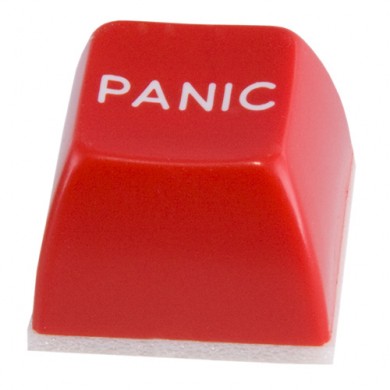New Guidelines for Treating Panic Disorder

New guidelines for treating patients with panic disorder include better diagnosis, treatment with cognitive-behavioral therapy and additional recommendations for drug treatment.
According to a recent survey, family doctors correctly diagnosed only 20 percent of the patients they saw who had panic disorder without depression. The doctors were much better at identifying panic disorder when the patient was also depressed, and referring them for appropriate treatment.
Patients with panic disorder often mistake their symptoms including trouble breathing or heart palpitations as a heart attack or lung disorder. They frequently seek treatment in an emergency room or from their primary care physician. The study showed that 4 percent of all primary care patients have panic disorder, a rate that is 300 percent higher than the population at large. Almost half of all patients with panic disorder first see a primary care physician for their symptoms. Many returned repeatedly asking for more tests, due to their physical symptoms.
The American Psychiatric Association recently revised the practice guidelines for primary care physicians to diagnose and treat panic disorder. Doctors are urged to ask if a patient has ever has sudden bouts of heart palpitations or anxiety, shortness of breath or dizziness that made them very frightened. Symptoms that interrupted the patients day or caused them to stop activities should also be noted. In many cases, primary care physicians were only diagnosing panic disorder when the patient mentioned anxiety or agoraphobia.
The new standards for family doctors stress that cognitive-behavioral therapy or CBT is as effective as drugs in treating panic disorder, and longer lasting. The specific type of CBT that has been proven effective in clinical trials involves gradually increasing exposure to situations that produce panic attacks. The APA recommends that every primary care physician learn which therapists in their area excel at this very specific sub-specialty of therapy, and refer patients to them.
Other types of talk therapy including couples/family therapy and supportive psychotherapy have not been proven effective for treating panic disorder, in clinical trials.
The guidelines also made new recommendations for drug treatments, noting that various antidepressants including selective serotonin reuptake inhibirots, tridydlic antidepressants and serotonin-norepinephrine reuptake inhibitors are effective in treating panic disorders.
The benzodiazepines can be effective for treating panic disorder when it occurs in the absence of depression. However, they are addictive and doctors should be cautious about prescribing them to patients with a history of drug abuse.
By Joni Holderman, [email protected], contributing reporter for Mental Health News.